In the realm of printing technology, inkjet printers have carved out a significant niche, appealing to both home users and professionals alike. Their ability to produce high-quality images and documents at relatively low initial costs makes them a popular choice. However, despite their advantages, inkjet printers come with a notable drawback that can impact their overall usability and cost-effectiveness: the issue of ink consumption and maintenance. This article delves into this primary drawback, exploring its implications and offering insights for potential users.
Understanding Inkjet Technology
Before we dissect the main drawback, it’s essential to understand how inkjet printers operate. Inkjet technology works by propelling tiny droplets of liquid ink onto paper through microscopic nozzles. This method allows for precise control over ink placement, resulting in vibrant colors and sharp text. However, this precision comes at a cost—both in terms of ink usage and the maintenance required to keep the printer functioning optimally.
The Drawback: Ink Consumption
The most significant drawback of inkjet printers is their high ink consumption, which can lead to increased operational costs over time. While the initial purchase price of an inkjet printer may be lower than that of laser printers, the ongoing expenses associated with ink cartridges can quickly add up. Here are several factors contributing to this issue:
- Frequent Cartridge Replacement
Inkjet printers typically require users to replace cartridges frequently, especially if they are used for high-volume printing. Standard cartridges often yield a limited number of pages, and users may find themselves purchasing new cartridges more often than anticipated. This can be particularly frustrating for those who print sporadically, as ink can dry out in the nozzles, leading to wasted ink and additional maintenance.
- Cost of Replacement Ink
The cost of replacement ink cartridges can be exorbitant. Many manufacturers price their ink cartridges at a premium, often exceeding the cost of the printer itself over time. This pricing strategy can lead to a situation where users are spending more on ink than they initially saved by purchasing an affordable printer. Additionally, third-party ink options may not always be reliable, leading to further complications.
- Print Quality vs. Ink Usage
To achieve optimal print quality, users often find themselves using more ink than necessary. High-resolution settings, while producing stunning results, can significantly increase ink consumption. For users who prioritize quality, this can become a costly endeavor, as they may need to replace cartridges more frequently to maintain the desired output.
Maintenance Challenges
In addition to ink consumption, inkjet printers require regular maintenance to ensure they continue to function properly. Clogged nozzles are a common issue, often resulting from infrequent use or dried ink. Users may need to run cleaning cycles, which consume additional ink and can lead to further costs. This maintenance requirement can be a deterrent for those seeking a hassle-free printing experience.
Mitigating the Drawback
While the high ink consumption of inkjet printers is a significant drawback, there are strategies users can employ to mitigate this issue:
- Choose High-Yield Cartridges
Investing in high-yield ink cartridges can reduce the frequency of replacements and lower overall costs. These cartridges may have a higher upfront cost but can yield significantly more pages, making them a more economical choice in the long run.
- Utilize Draft Mode for Everyday Printing
For everyday documents that do not require high-quality output, using draft mode can save ink. This setting uses less ink per page, allowing users to extend the life of their cartridges without sacrificing too much quality for standard documents.
- Regular Use and Maintenance
To prevent ink from drying out and clogging nozzles, regular use of the printer is essential. Running a print job at least once a week can help maintain the ink flow and reduce the need for cleaning cycles.
Conclusion
In conclusion, while inkjet printers offer remarkable print quality and affordability, their primary drawback lies in ink consumption and the associated maintenance challenges. Users must weigh the initial savings against the long-term costs of ink and upkeep. By understanding these challenges and implementing strategies to mitigate them, users can make informed decisions about their printing needs. Ultimately, the choice between an inkjet and other printing technologies should align with individual usage patterns and budget considerations, ensuring a balance between quality and cost-effectiveness.
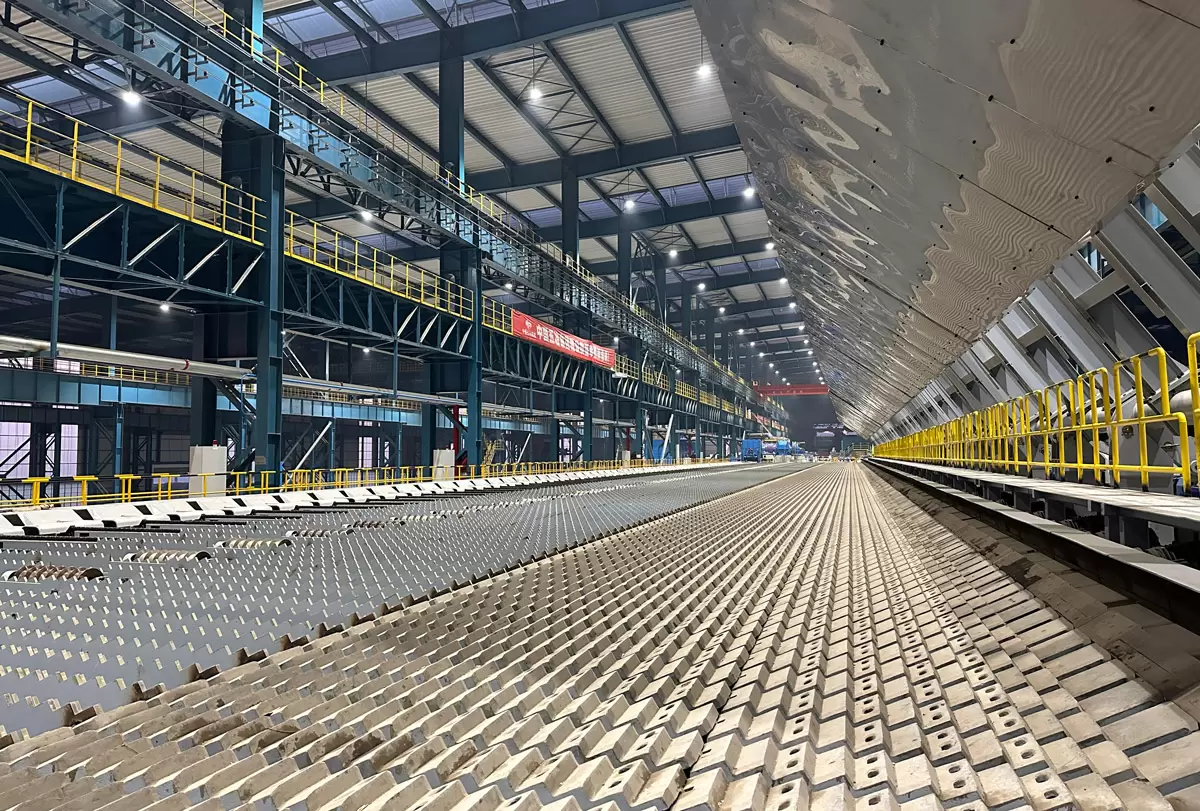

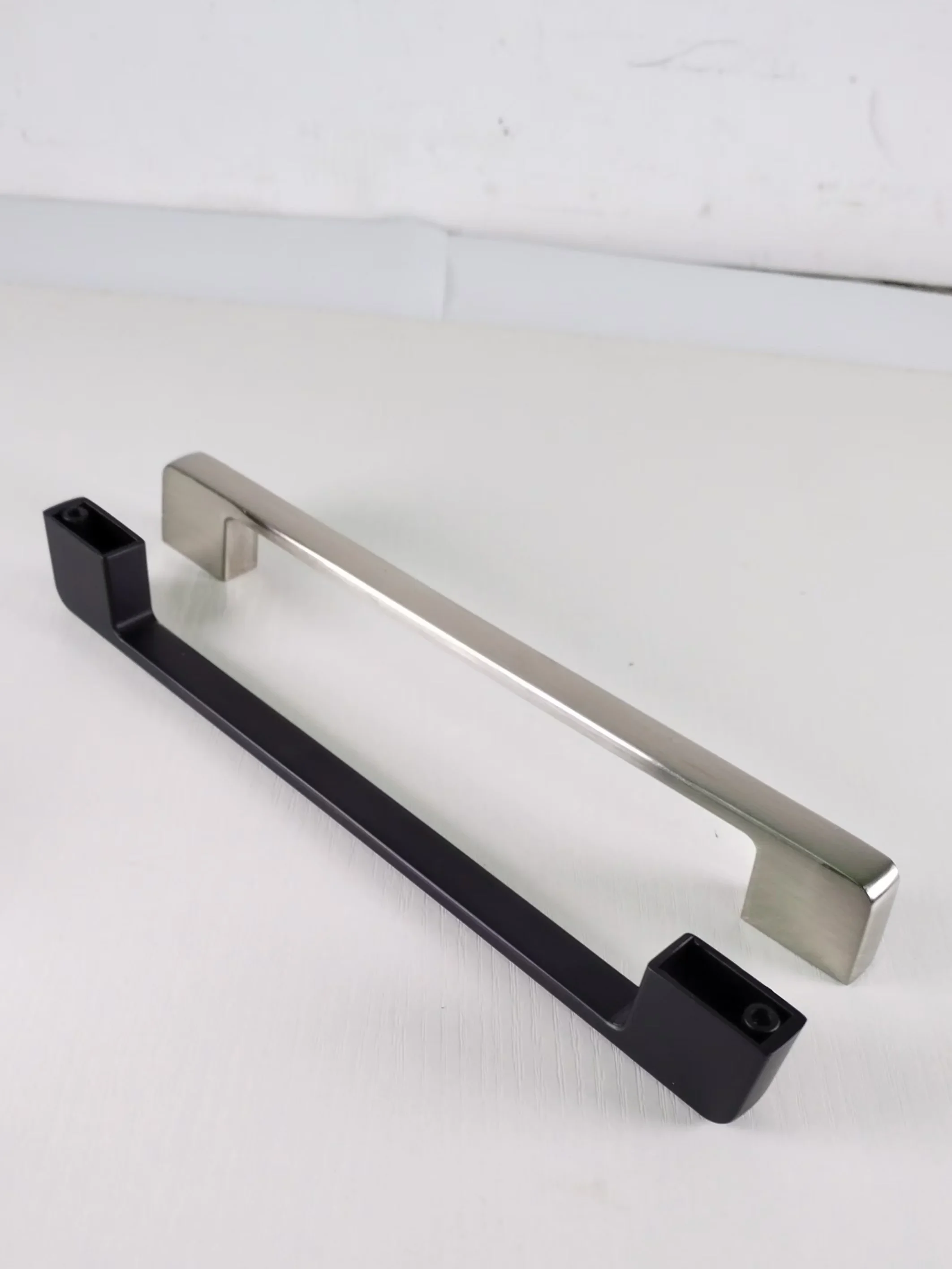
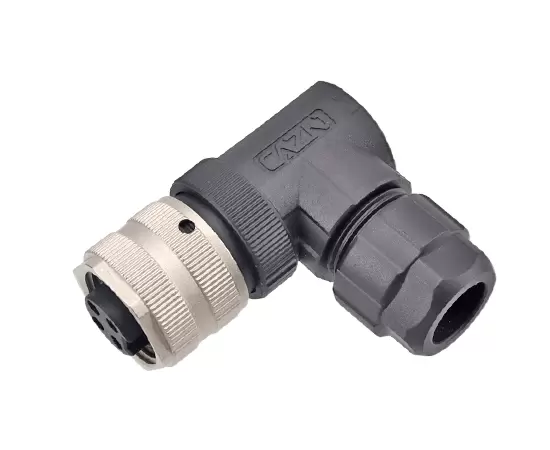
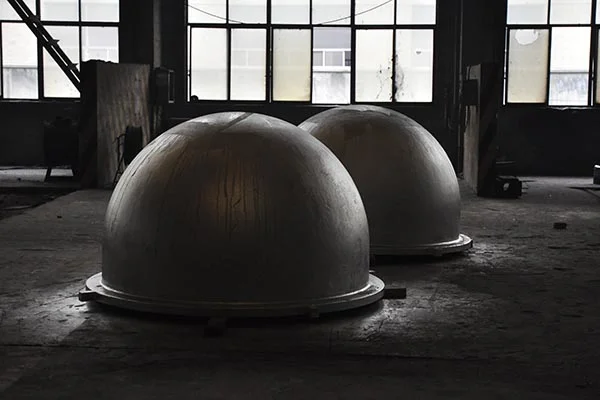
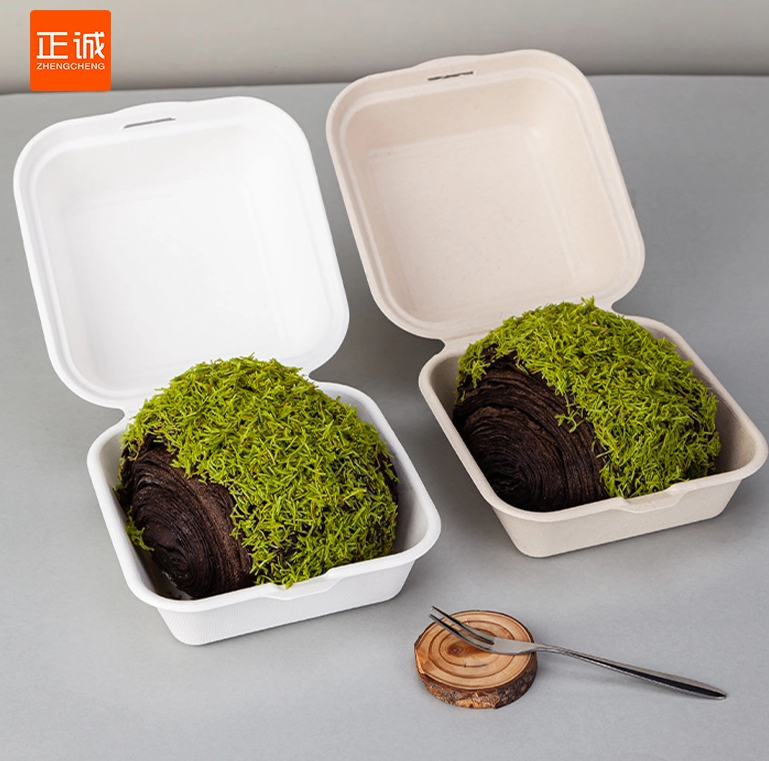
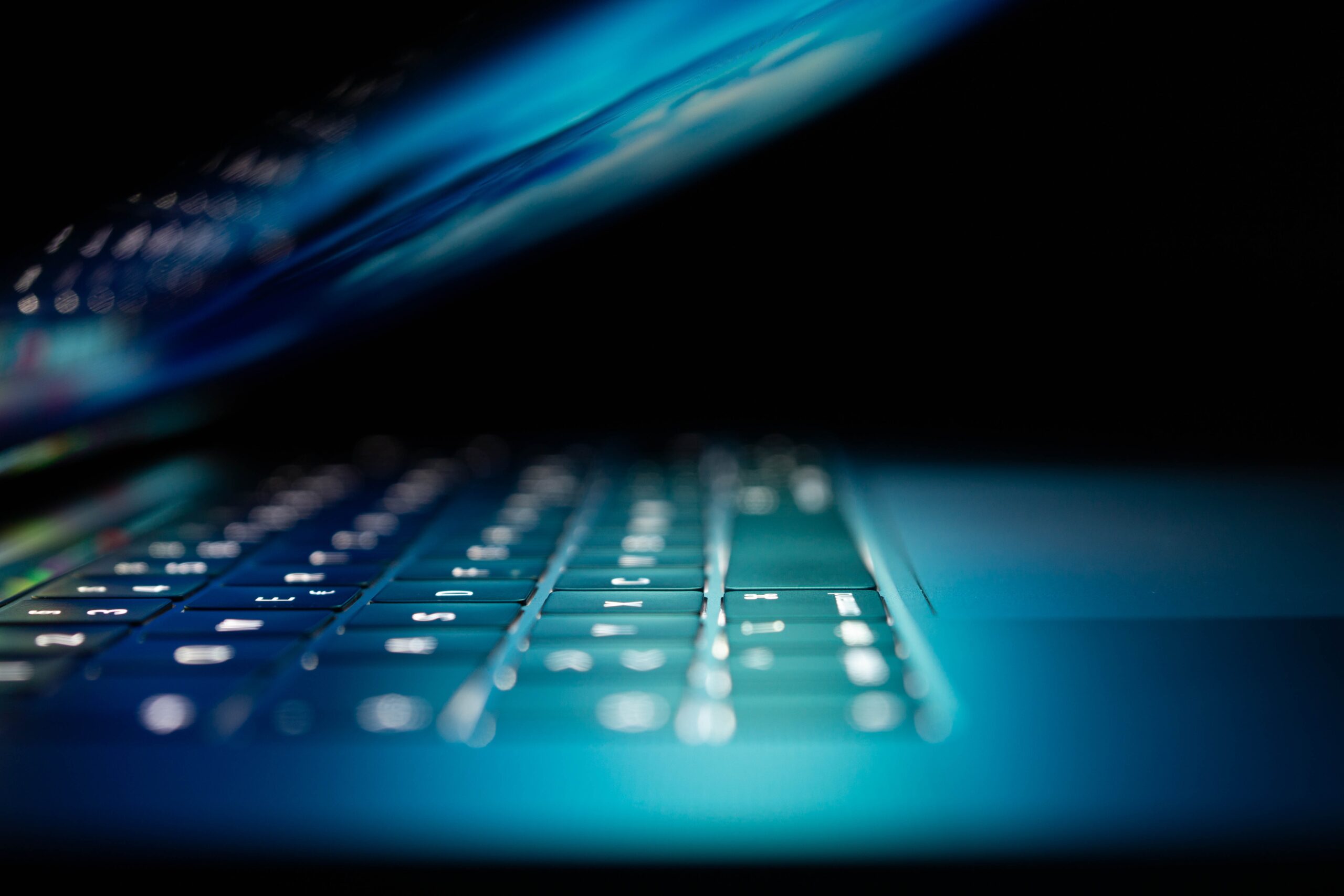
+ There are no comments
Add yours